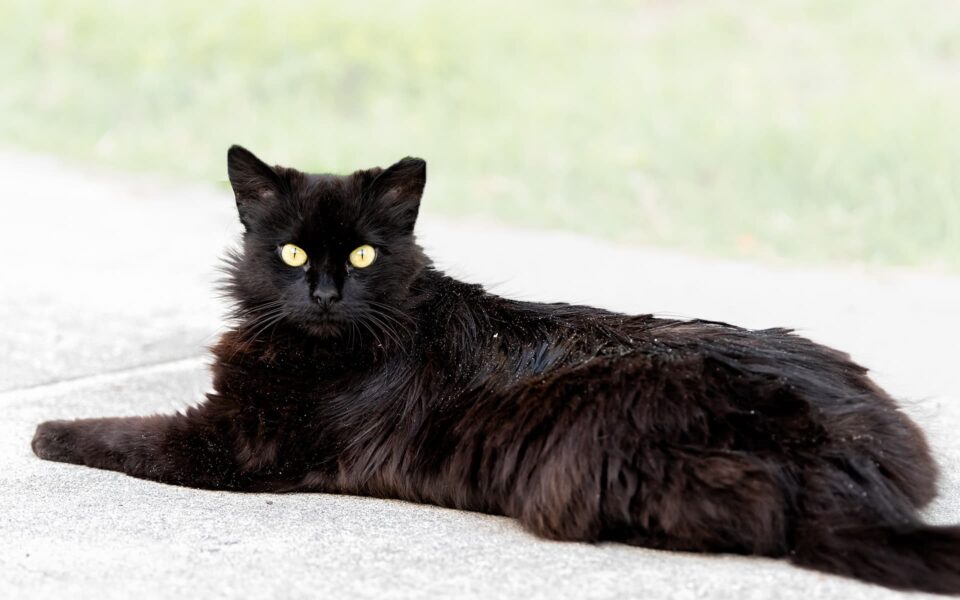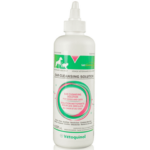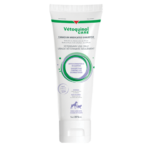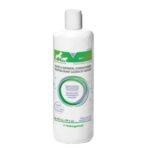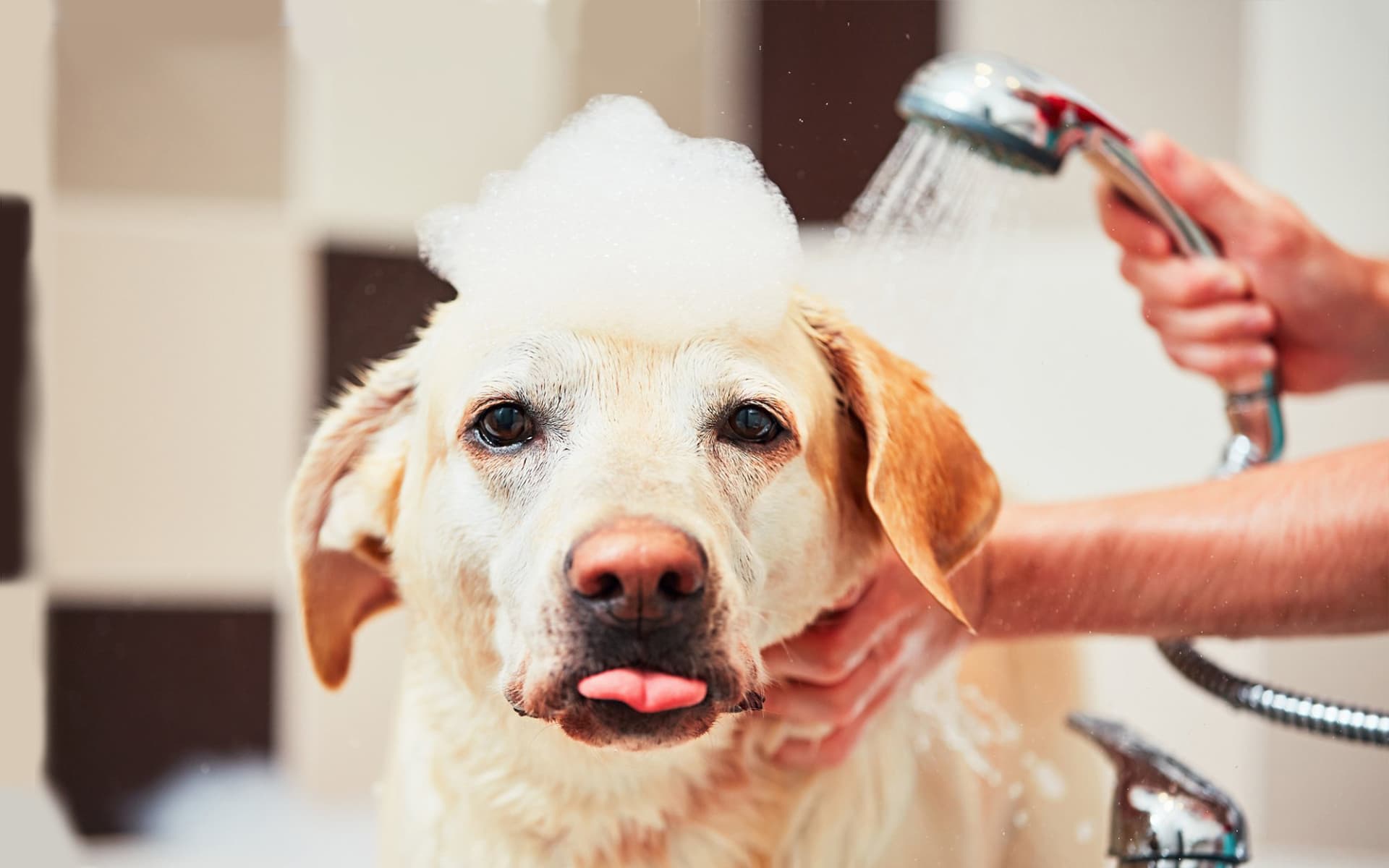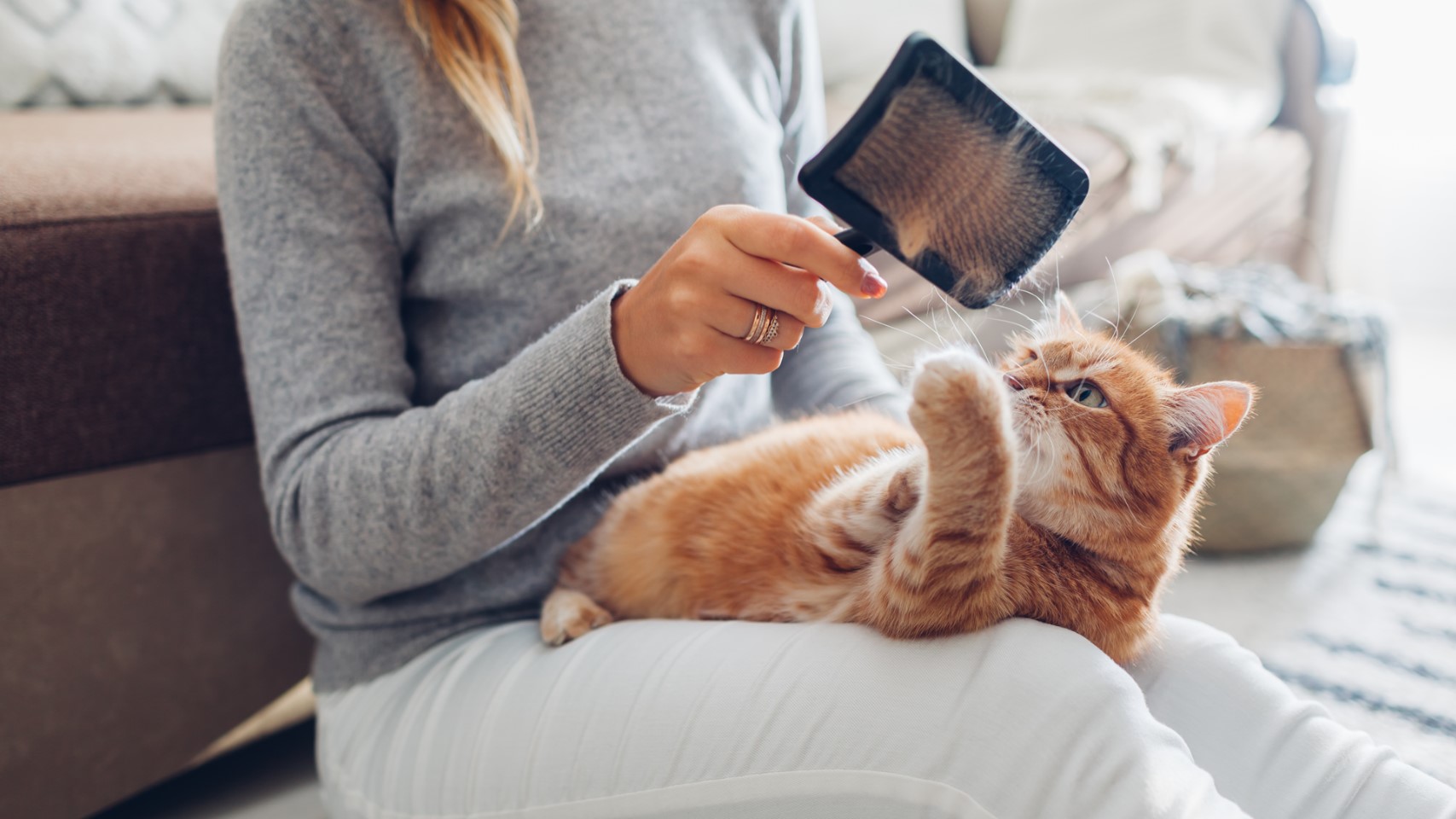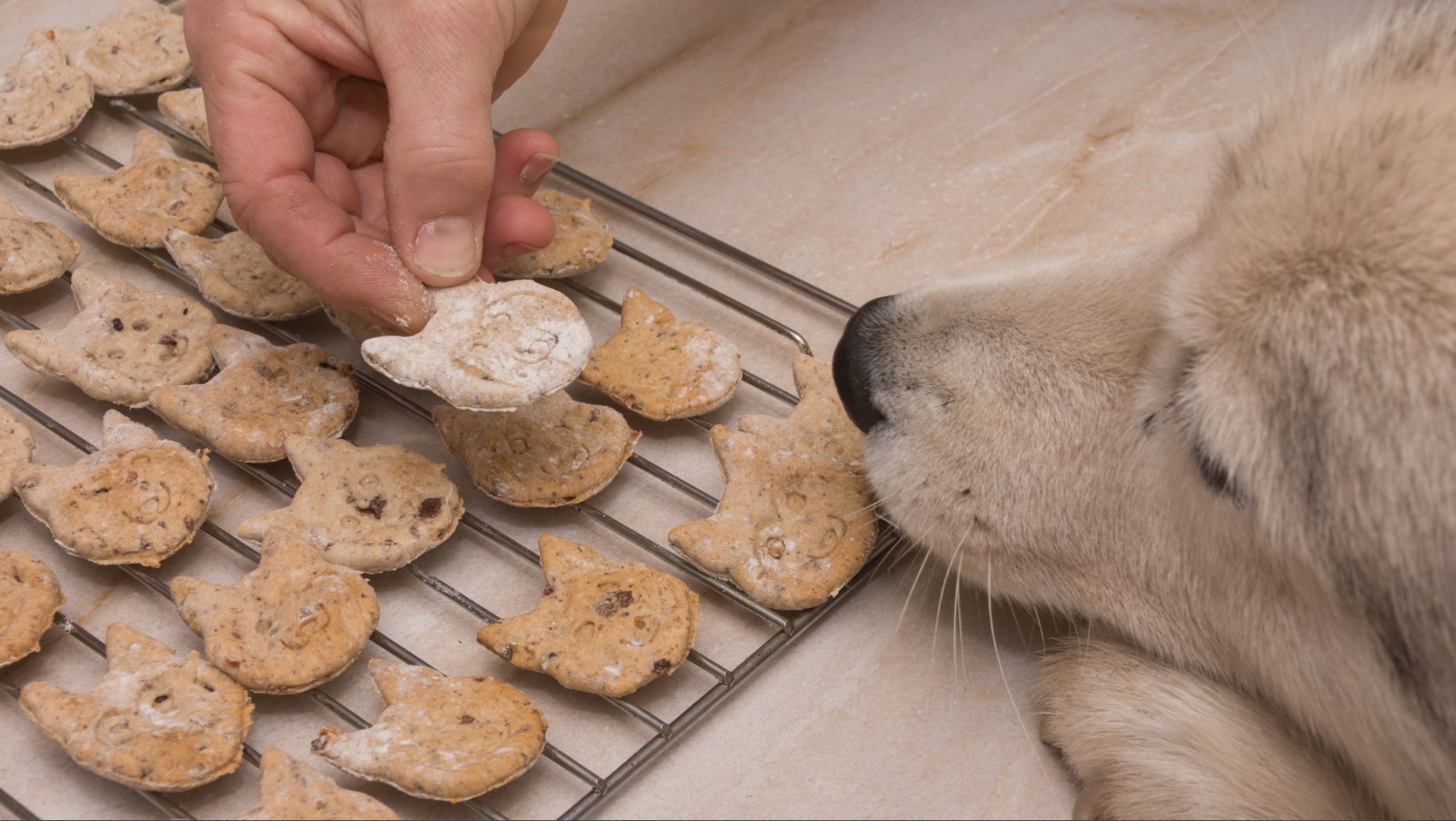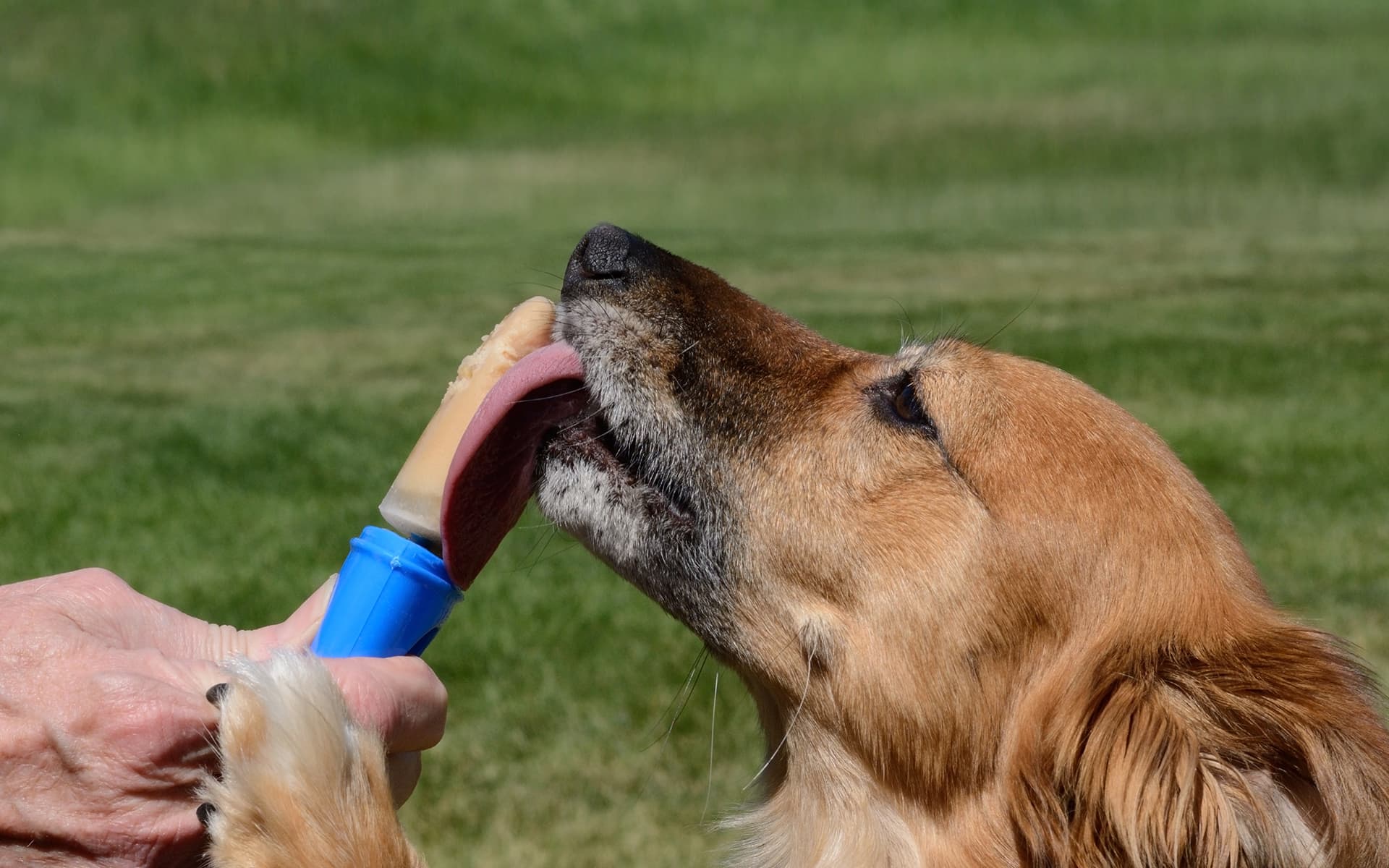It’s unpleasant. It’s itchy. And it’s a sign your pet’s skin is dry. While cats and dogs are constantly replacing dead skin cells with fresh ones, excessive dandruff can be painful and uncomfortable. Here’s what you should know to help your furry friend feel better.
Causes of cat dandruff and dog dandruff
In most cases, pet dandruff is linked to minor issues in the environment. During winter, when the electrical heating system kicks in, the air can become dry and cause flaky skin. Insufficient bathing and grooming—or over-grooming—is also associated with pet dandruff. Some cat food or dog food contain low levels of essential fatty acids, a lack of which can lead to dry skin.
Ask your veterinarian about pet dandruff
Before attempting to solve the problem on your own, check with your veterinarian. While pet dandruff is commonly linked to the issues above, it may also be a symptom of an underlying medical condition, such as skin infections, parasitic infections, thyroid conditions and allergies. Your veterinarian may recommend a skin sample analysis or blood test to be sure.
Increase the humidity in your home
If you notice dandruff on your cat or dog just as temperatures get colder and your home uses electric heating, it may be a sign the air is too dry. Install a humidifier to bring the air back to a more comfortable level. Always make sure your pet has plenty of fresh water available to stay hydrated, as even mild dehydration can cause the skin to dry out.
Pet dandruff shampoo and bathing
Bathing your dog once every two weeks using a moisturizing dog shampoo can help prevent dandruff. Unless instructed otherwise by your veterinarian, avoid bathing your pet more frequently: this can mess change with itstheir skin’s pH level and aggravate certain conditions. If the problem seems serious, consider switching to a specially formulated dandruff shampoo or a shampoo for sensitive skin. Always make sure to use a shampoo designed for pets!
If your cat doesn’t like being bathed, you can use a no-rinse shampoo, which is applied directly on the fur using a dry cloth.
Brush it, brush it good
Brushing your pet regularly also helps exfoliate the skin and keeps their its fur shiny and healthy, by distributing the body’s natural oils more evenly to act as a protective layer. While cats usually groom themselves, obese or older animals may have trouble reaching certain spots and need a little help. And of course, brushing makes your dog or cat feel loved and cared for!
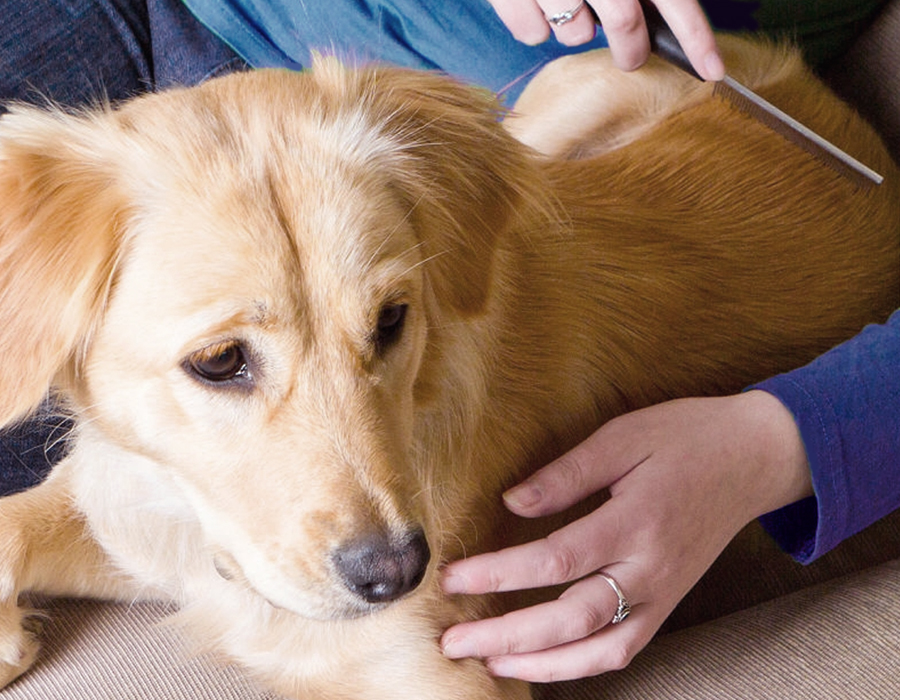
Switching cat food or dog food
Good quality pet food provides a healthy mix of vitamins, minerals, oils and fatty acids—such as omega-3. Some processed food doesn’t meet these requirements and may lead to nutritional deficiencies, manifesting as flaky, dry skin. Check with your veterinarian if he recommends switching to a different food brand, or if adding oil-based supplements to your pet’s diet could

